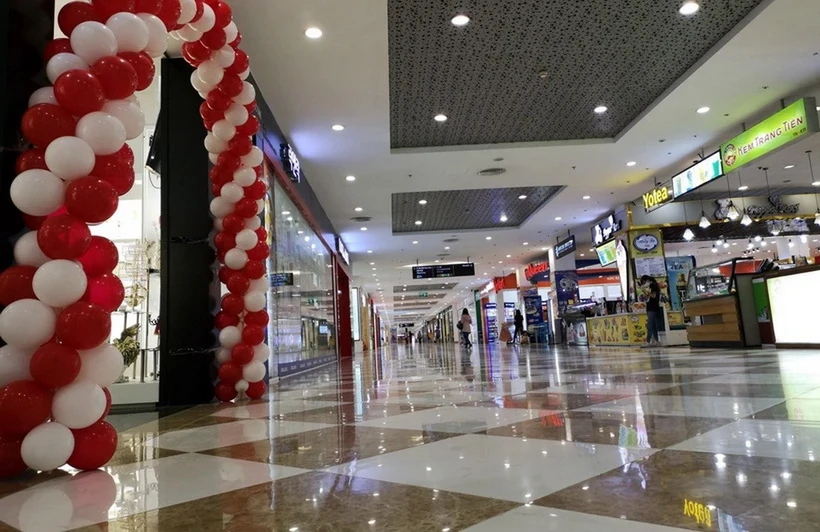
Vincom Time City shopping mall. (Photo: Thanh Tung/VNA)
After many consecutive years of being affected by the COVID-19 pandemic, supply chain disruptions and macroeconomic instability, the global retail industry is gradually returning to a clear recovery cycle.
Some traditional models are facing restructuring demands, while flexible, experiential and technology-integrated retail formats are rising strongly.
In that dynamic picture, Vietnam stands out as a dynamic market, with clear signs of recovery.
According to Savills Vietnam, contrary to concerns that e-commerce will completely replace physical retail, the reality shows that global consumers are returning to stores as a shopping-experience-interaction destination.
Savills' Impacts 2025 report shows that retailers around the world are recovering better than expected, with clear evidence from the US market: Shopping mall traffic in 2024 increased by 1.5% compared to the previous year and 7.3% compared to the pre-pandemic period - 2019.
Nearly 80% of total consumer spending in the US still takes place in brick-and-mortar stores – a significant proportion in the digital age.
In Vietnam, Ho Chi Minh City is taking the lead in this process. In the first quarter of 2025, the total retail supply in the city reached 1.6 million square meters, up 6% year-on-year thanks to the launch of new projects such as Centre Mall Vo Van Kiet (District 6).
Occupancy reached an impressive 94%, reflecting real demand from both tenants and consumers. Despite slight adjustments due to the entry of new projects with low prices, the average ground floor rent still reached VND1.4 million/m2/month, up 9% year-on-year.
In that context, the modern retail model continues to demonstrate its superiority. Shopping centers such as Thiso Mall Sala, Vincom Mega Mall Grand Park (Thu Duc City) or Parc Mall (District 8) recorded occupancy rates exceeding 70% immediately after opening.
Meanwhile, street retail is increasingly showing its weakness due to the lack of investment in experience, amenities and professional operations. These are factors that are increasingly prioritized by consumers.
In Hanoi, the same period recorded a sharp increase of 6% year-on-year in ground floor rental prices, with the central area alone increasing by 37%. Occupancy reached 86%, while new contracts recorded a shift from F&B (a type of food and beverage service in restaurants, hotels, tourist areas and food stalls) to fashion, cosmetics and convenience stores.
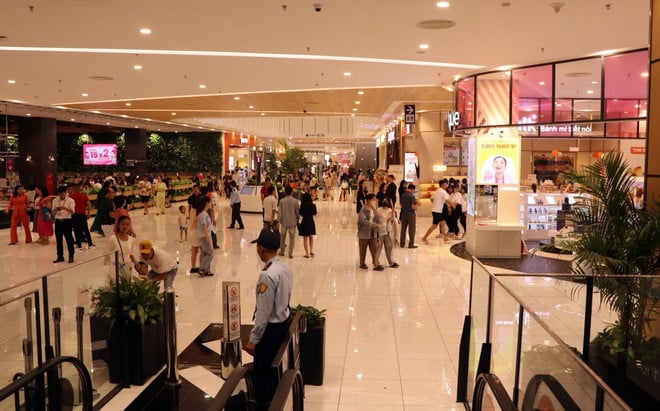
AEON MALL shopping center in Hue with modern design. (Photo: Do Truong/VNA)
A new trend has been noted: if in the past capital was the "first wave" that created momentum for retail, now it is retail brands that are the leaders in reshaping the market.
The expanding demand of fashion, cosmetics, interior and F&B brands is playing a leading role, thereby attracting the return of investors.
Ms. Tran Pham Phuong Quyen, Senior Manager, Retail Leasing Department, Savills Vietnam, shared that in the context of many international brands considering the Southeast Asian market, Vietnam has the advantage of a young, dynamic population that pursues shopping trends, with a desire to experience more.
Additionally, labor, construction and warehousing costs remain lower than many countries in the region, making it easier for brands to optimize costs and achieve greater profit potential.
A major shift in investment thinking is taking place in the industry: retail is no longer simply a rental property. With consumers increasingly demanding experiences and brands, retail real estate is now seen as an operating asset class, where operations, technology, tenant brands and a deep understanding of customer behavior are needed.
Modern shopping malls need to be managed as a complete ecosystem, from tenant mix, customer flow, marketing strategy to space design and amenities, all of which impact operational performance and property value.
According to Ms. Tran Pham Phuong Quyen, the retail leasing market in the next few years will shift strongly in terms of consulting depth. It does not stop at connecting rental needs with available premises, both the lessee and the lessor are gradually turning to using professional consulting units - with data tools, analysis and technology to filter out the most suitable premises for each stage. The service of representing the lessee and the lessor will play a big role in reshaping the negotiating position and operational efficiency.
More than just operating the premises, developing an effective shopping mall requires a synchronous and long-term strategy. Ms. Tran Pham Phuong Quyen emphasized that investors need to ensure the design of the rental premises meets standards, build a competent leasing and operating team, and at the same time have a methodical communication plan to turn the project into a real destination in the area. Pursuing retail real estate is a long journey.
In an increasingly competitive market in terms of experience and operations, Vietnam, especially Ho Chi Minh City, has the advantage of a young population, dynamic consumer behavior and reasonable operating costs, making it capable of becoming a strategic destination for international brands in the coming period.
Source: https://baobinhphuoc.com.vn/news/4/174571/viet-nam-se-tro-thanh-diem-den-chien-luoc-cua-cac-thuong-hieu-quoc-te


![[Photo] Super harvest moon shines brightly on Mid-Autumn Festival night around the world](https://vphoto.vietnam.vn/thumb/1200x675/vietnam/resource/IMAGE/2025/10/07/1759816565798_1759814567021-jpg.webp)


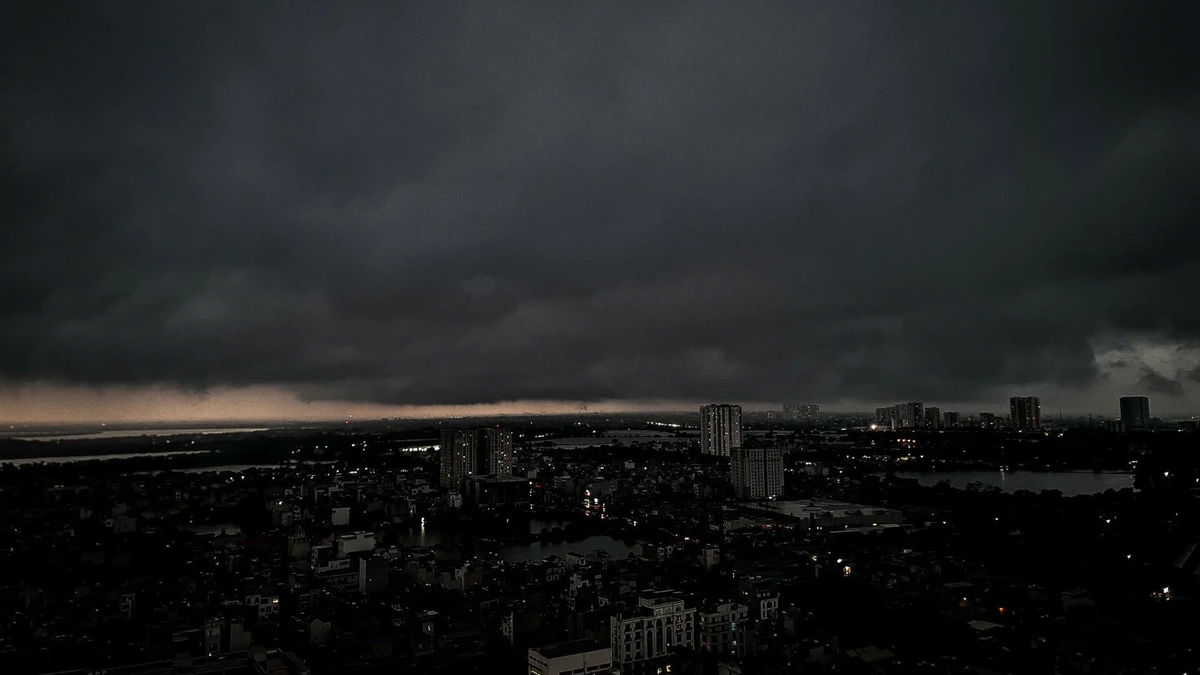




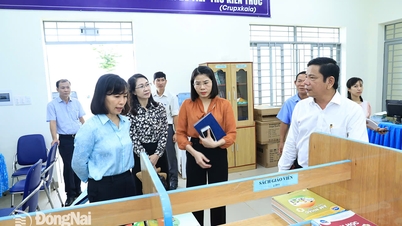
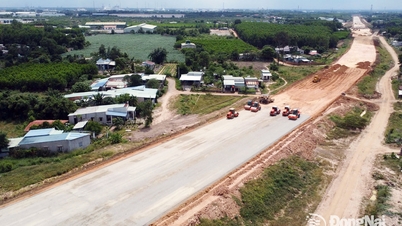

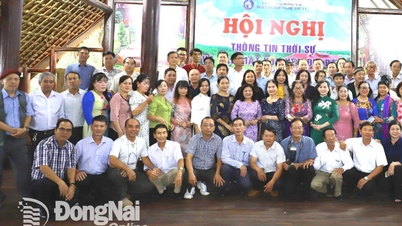



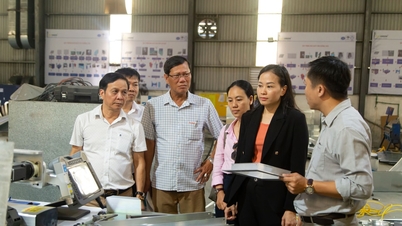











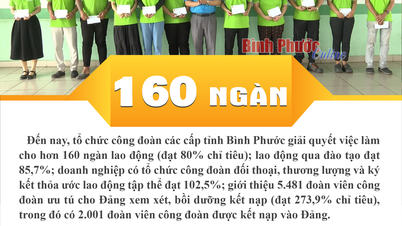

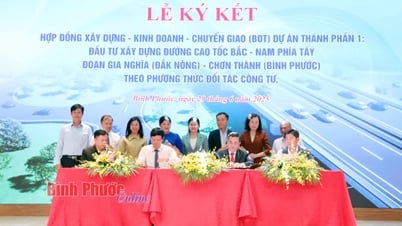
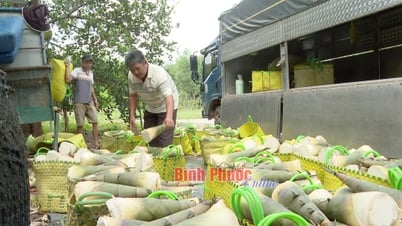



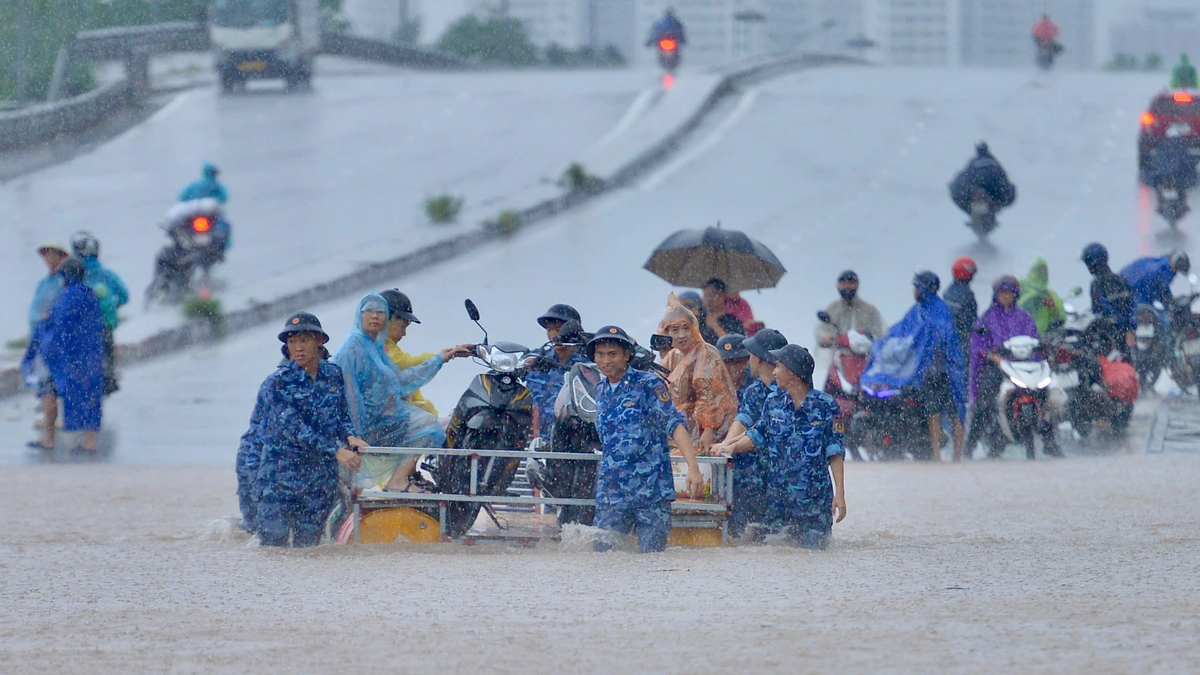







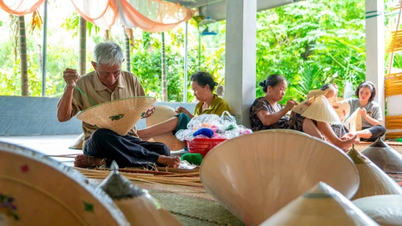





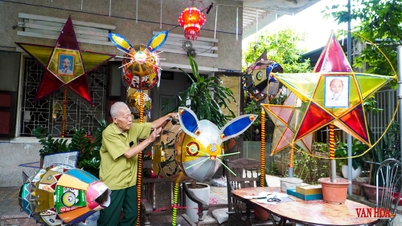

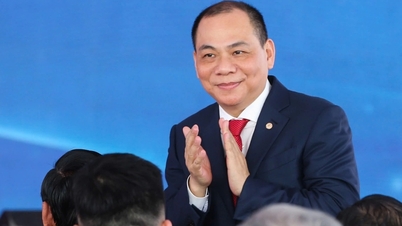


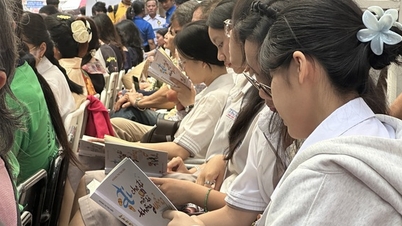





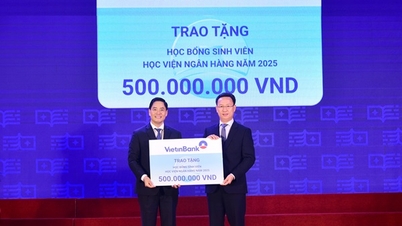









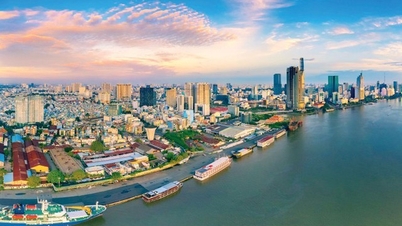

















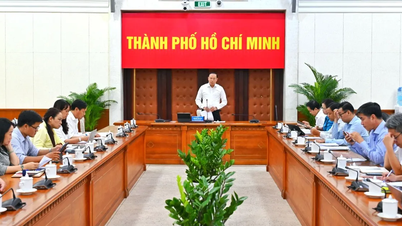


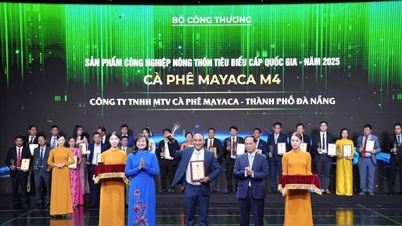

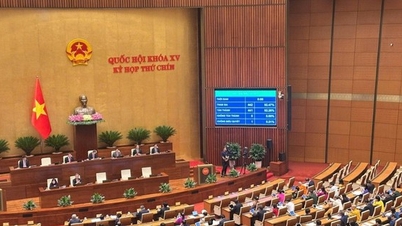





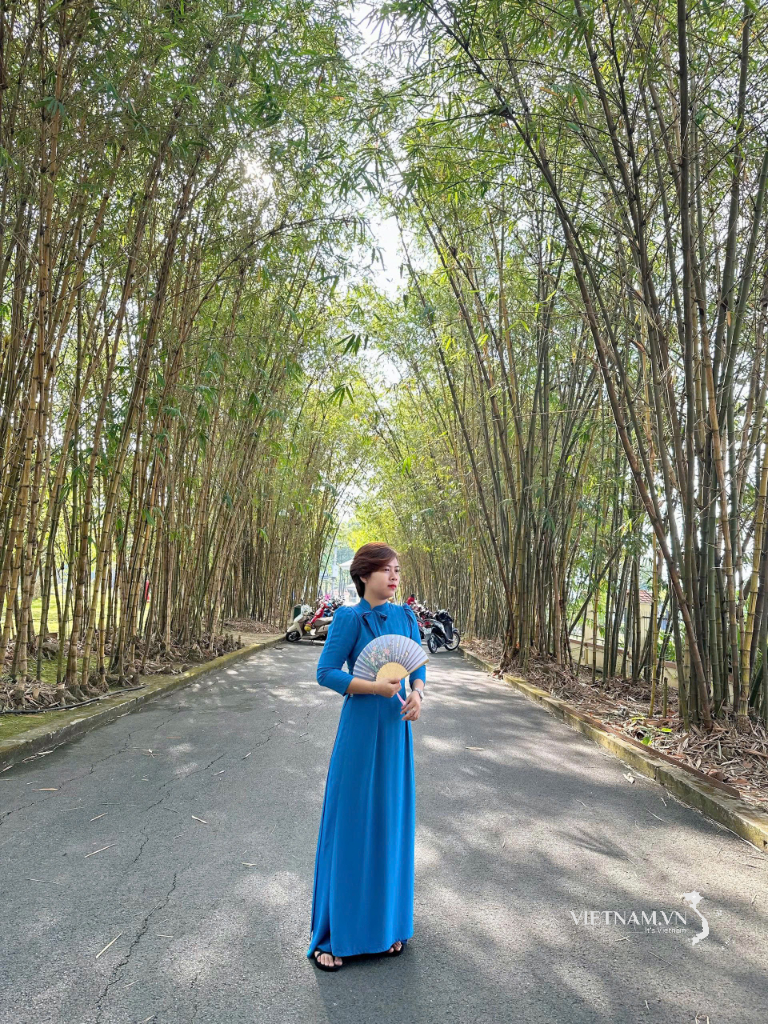
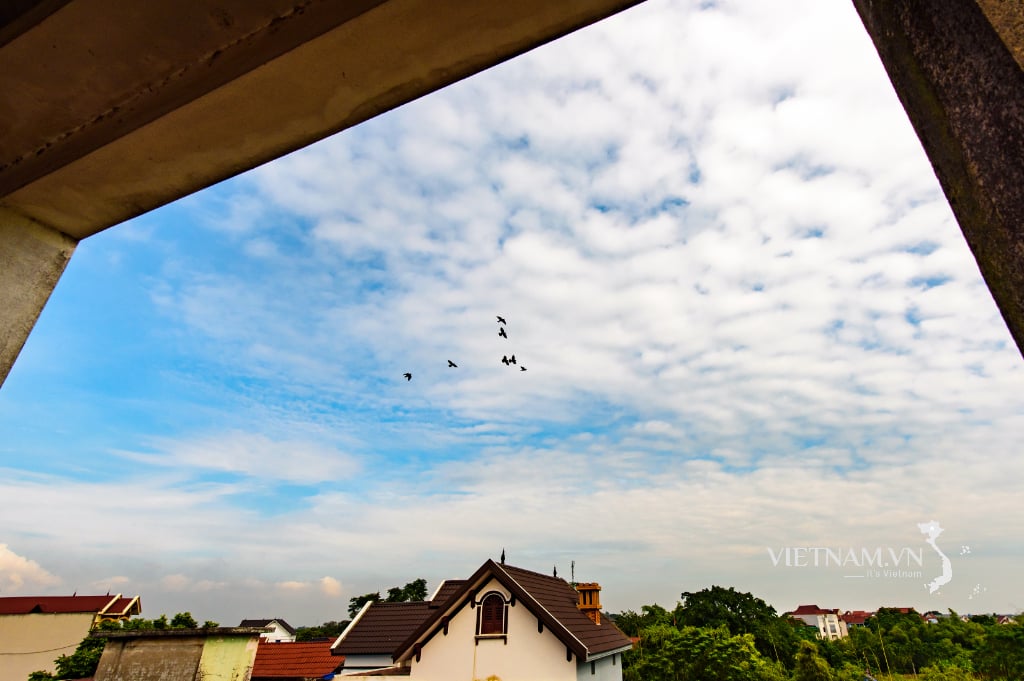


Comment (0)